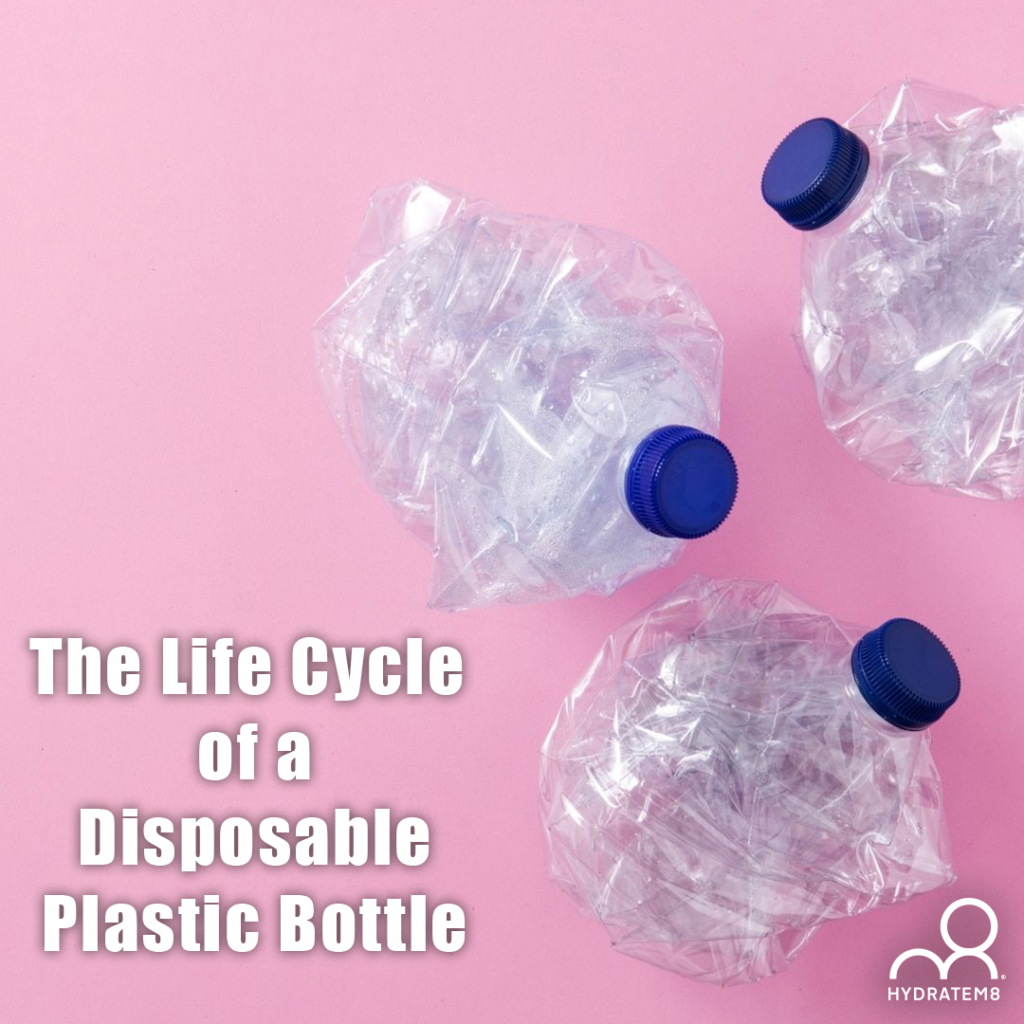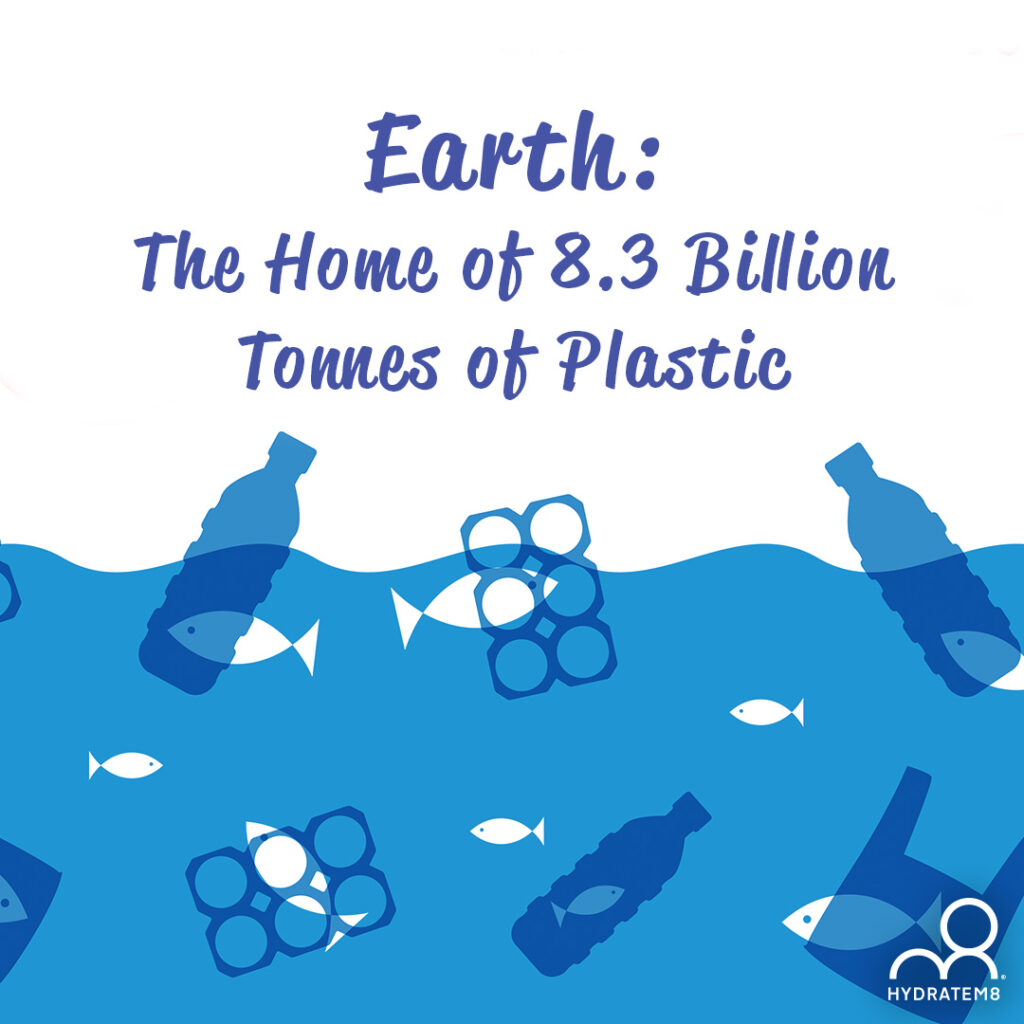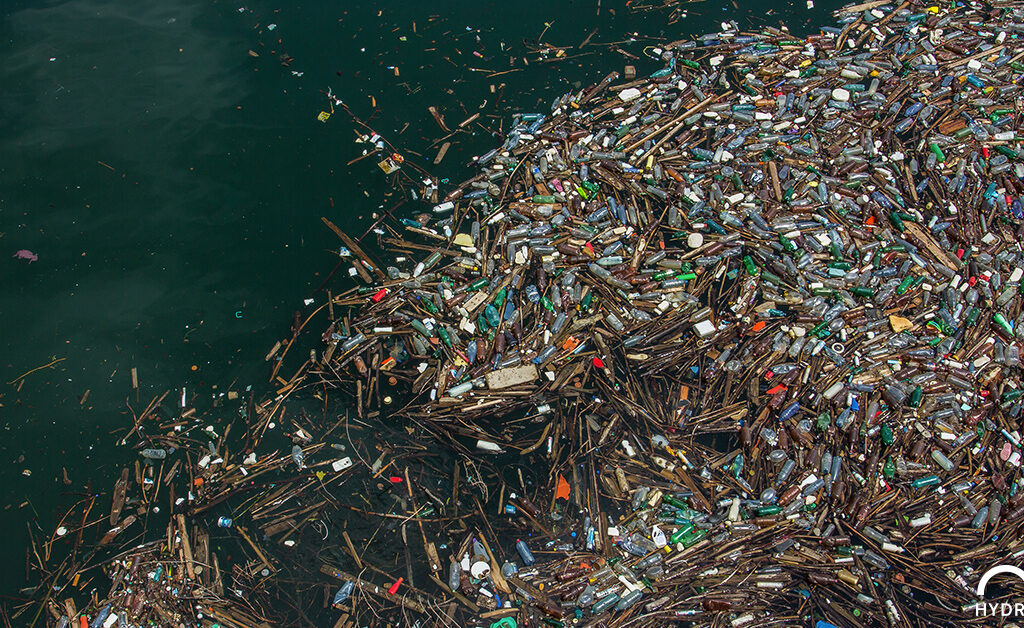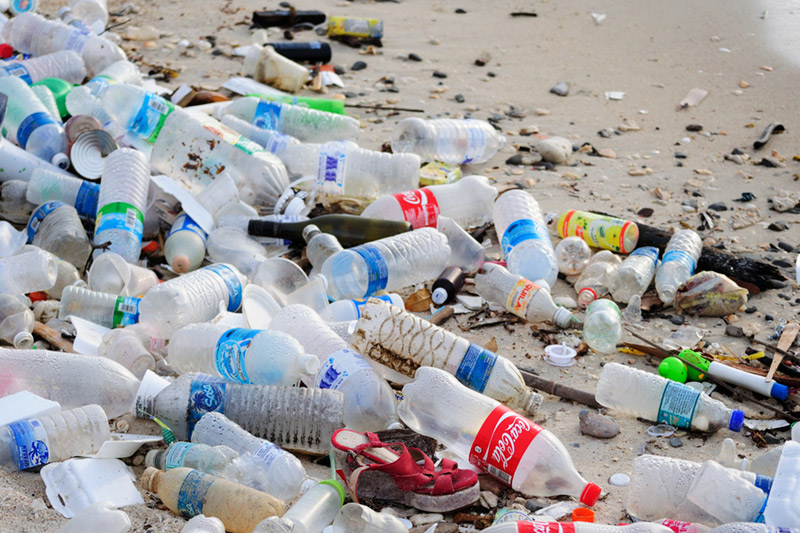Carbon dioxide is thought to be a major contributor to climate change, acting as a blanket around the earth and warming it up. Even a slight increase in temperature can have dramatic effects on ecosystems around the world, so keeping our carbon emissions to a minimum is important for environmental health.
Your carbon footprint is a way of measuring how much carbon dioxide is released as a result of your daily activities. Obvious sources of carbon dioxide include driving your car and using gas within your home, but there are many more significant sources that you might not have even considered. Here are some ways you can reduce your carbon footprint.
Eat Local
Farmers markets and farm shops are great places to find fresh fruit and vegetables that have been grown and harvested locally. Head into your nearby town and visit the butchers and the bakers for more local foodstuffs. While supermarkets do occasionally sell local produce, it is rare and takes a lot more label-reading. Eating food produced locally means you are not indirectly contributing to the petrol used to distribute the foods over long distances. The more people who make the effort to eat locally, the fewer lorries will be on the road.
Go Vegan
Some might see this as an extreme option, but even simply reducing your intake of animal products can help cut fossil fuel emission since the processing of these foods is incredibly reliant on manufacturing plants. Your carbon footprint is thought to be reduced seven times by cutting out all meat and dairy.
Check Out Your Insulation
Drafty homes require more energy to keep them warm. Properly insulating your home can help to prevent damp and condensation while reducing your need to crank up the heating – saving you time and fossil fuels! At the same time, make sure your heating and air conditioning systems are always properly serviced and maintained so they use energy more efficiently.
Switch to LED Lighting
Wait until your old bulbs have run out and then replace them with LED lightbulbs. They may seem like an expensive investment, but you will get more hours of lighting for your pounds and they use far less energy, again saving you money on your electricity bill.
Don’t Leave Electronics on Standby
Unplug everything when it is not in use, since some electronics still continue to drain energy when they are not on. If you have an electric meter, you might be surprised to see how much energy this saves you!
Wash on a Lower Temperature
Wherever possible, set your washing machine and dishwasher to clean on a lower temperature. While not possible for all items, the unnecessary heating of water is an energy drainer.
Reduce Your Waste
The processing of waste uses a lot of energy, as does the production of oil. Recycle your plastics and paper items to reduce your carbon footprint. The trees that are not cut down for paper will help to catch more of the carbon emissions in the air, further protecting the environment
Use Your Reusable Bottles
Beverages packaged in disposable bottles have often travelled long distances before hitting your convenience stores. Remember to use your HydrateM8 products wherever possible in order to reduce your carbon footprint!













